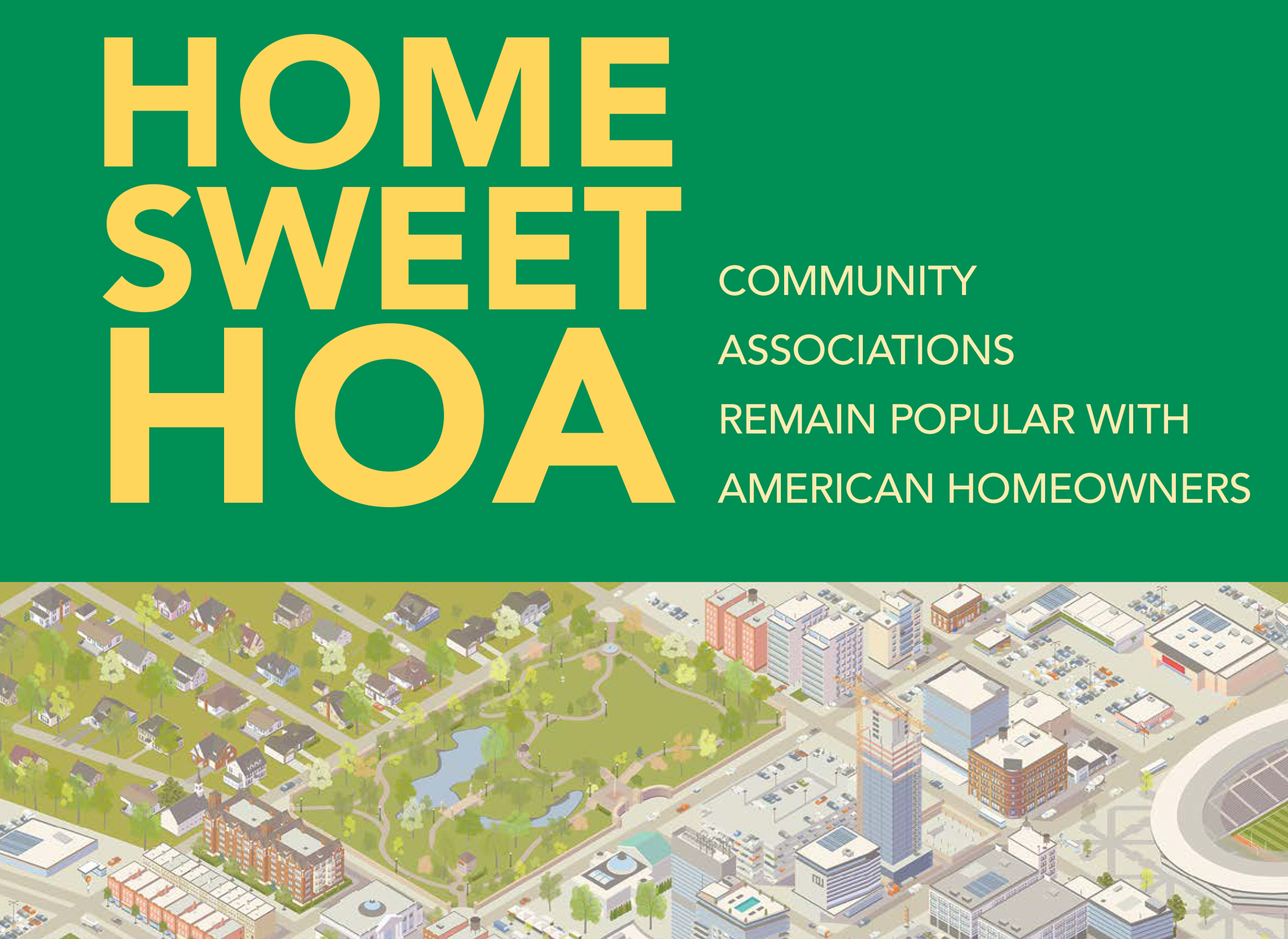If you buy a home in a planned community, you'll most likely have to become part of a homeowner association (HOA). An HOA is a legal non-profit entity filed with the state that is responsible for managing and maintaining the assets of the community (i.e., the appearance of the homes and properties as well as common areas within the neighborhood/community). Buying a home in an HOA is an explicit agreement that you will follow the HOA’s governing documents. HOA governing documents include HOA Covenants, Conditions, & Restrictions (CC&Rs), HOA Bylaws, and the HOA's Rules & Regulations.
Many people—even those who have lived in an HOA for years—are often confused by these documents or incorrectly use these terms interchangeably. The difference between them is described below.
What Are Covenants, Conditions, and Restrictions (CC&Rs)?
The Declaration of CC&Rs is the legal document that lays out the guidelines for the planned community. Simply put, CC&Rs are the rules of your neighborhood. They govern what you can, can't, or must do with respect to your home. For example, the CC&Rs might require you to keep your garage door closed or prohibit certain types of landscaping. It's also typical for the CC&Rs to regulate things like paint colors, building modifications or additions, basketball hoops, clotheslines, fences, TV antennas/satellite dishes, and garbage cans.
An association’s CC&Rs are recorded and filed officially with the state and are legally binding and enforceable. If you don't abide by the CC&Rs, the HOA might first issue a warning, and if not corrected, impose penalties for violations. Not all associations adopt the same penalties, but one can generally find the following within most HOAs’ governing documents. Penalties may include:

- Fines. The association may impose a fine against a homeowner who violates a covenant.
- Suspensions. A violator may have their privileges revoked, usually in the form of suspending access to community amenities.
- Forced Compliance. The HOA may enter the homeowner’s property to remedy the problem in question and then ask the homeowner to pay for the repairs.
- Liens and Foreclosures. In some states, if a homeowner has become delinquent, the association may attach a lien to their property. They can subsequently initiate foreclosure to collect payment.
What Are Bylaws?
An HOA, which is typically set up as a nonprofit corporation, is an organization established to manage a private, planned community. They are considered corporations under law and, like other corporations, they are governed by a board of directors who are elected by the members under a set of rules called "bylaws." The bylaws dictate how the HOA operates and contain the information needed to run the HOA as a business. For example, the bylaws might indicate how often the HOA holds meetings, how the meetings are conducted, the duties of the various offices of the board of directors, how many people are on the board, and membership voting rights.
HOA bylaws are also sometimes referred to as neighborhood association bylaws or subdivision bylaws. Just like CC&Rs, HOA bylaws are enforceable. If the board is not complying with its bylaws, homeowners can bring the matter to the board’s attention. Homeowners can also call for a special meeting, as stipulated in the governing documents, to remove board members from their position. In extreme cases, homeowners can even sue the HOA for failure to follow the bylaws.
What are HOA Rules & Regulations?
An association’s CC&Rs share many similarities with Rules and Regulations. Basically, though, the HOA’s Rules and Regulations are operating rules that are not included within the HOA bylaws or CC&Rs. Such rules are easier to change than covenants, as the former usually only requires a membership review and a vote from the board.
Rules and Regulations can vary wildly from association to association. A rule from one HOA might not be a covenant for another.
Who Enforces HOA Bylaws, CC&Rs, and Rules?
The burden of enforcing the association’s bylaws, covenants, and rules lies with the HOA board. In some HOAs, the board delegates enforcement tasks to committees.
For instance, an Architectural Review Committee (ARC) may oversee all architectural changes. This committee typically approves or denies requests according to the association’s CC&Rs. The ARC may also conduct compliance inspections of the neighborhood. A Covenants Committee, on the other hand, helps the board enforce covenants and ensure compliance.
A board of directors may also choose to delegate the task of enforcing HOA bylaws, CC&Rs, and rules to a management company like AMS. This takes the burden of policing and potentially fining owners off the board members (and neighbors) and gives it to a neutral third party. Association management companies also help boards enforce and operate in compliance with the HOA bylaws and can provide assistance managing HOA financials.
If you're thinking about buying a home in an HOA community—or you already live in one—take the time to familiarize yourself with both the CC&Rs and the bylaws. That way, you'll be aware of any neighborhood restrictions, and you'll understand how the community operates.




